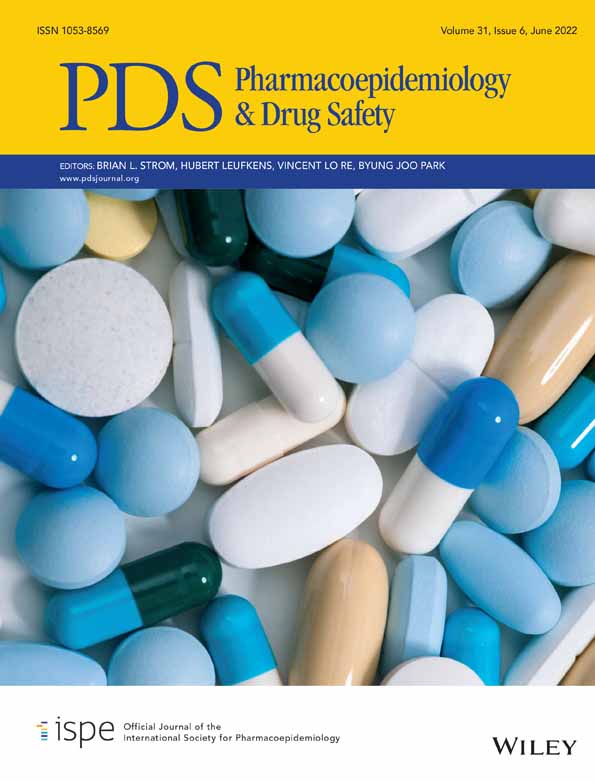Statin use and the risk of progression to vision threatening diabetic retinopathy
Funding Information: National Institutes of Health K23 Award (1K23EY025729–01) and University of Pennsylvania Core Grant for Vision Research (2P30EY001583). The content is solely the responsibility of the authors and does not necessarily represent the official views of the NIH. Additional funding was provided by Research to Prevent Blindness and the Paul and Evanina Mackall Foundation. Funding from each of the above sources was received in the form of block research grants to the Scheie Eye Institute. None of the organizations had any role in the design or conduction of the study.
Abstract
Purpose
This study aims to assess the effect of statins on progression from nonproliferative diabetic retinopathy (NPDR) to vision-threatening diabetic retinopathy (VTDR), proliferative diabetic retinopathy (PDR) or diabetic macular edema (DME).
Methods
Two cohort studies using a U.S. medical claims database from 2002 to 2019 including NPDR patients 18 years or older. A risk factor analysis performed a time-updating cox regression model assessing statin usage. A second new-user active comparator design analysis replicating a previously published study. Main outcomes included a new diagnosis of VTDR (composite of either PDR or DME) or DME and PDR individually for the risk factor study and included additional outcomes of new DR, NPDR, vitreous hemorrhage (VH) and tractional retinal detachment (TRD) for the new user study.
Results
Risk factor analysis included 66 617 statin users with NPDR at baseline and 83 365 nonstatin users. Of these, 27 325 (18.2%) progressed to VTDR, 4086 (2.71%) progressed to PDR, and 22 750 (15.1%) progressed to DME. After multivariable analysis, no protective effect of statin use was found for progression to VTDR, PDR, or DME (HR = 1.01–3, p >0.33 for all comparisons). Replicated new user design analysis also showed no protective effect for statins on risk of development of DR (HR = 1.03, 95% CI: 0.99–1.07, p = 0.13), PDR (HR = 0.89, 95% CI: 0.79–1.02, p = 0.09), DME (HR = 0.94, 95% CI: 0.86–1.03, p = 0.21), VH (HR = 1.00, 95% CI: 0.86–1.16, p = 0.99), and TRD (HR = 1.11, 95% CI: 0.89–1.38, p = 0.36).
Conclusion
Statin use was found not to be protective for progression of DR regardless of study methodology. These results suggest that the specifics of the population studied rather than differing study methodology are important in assessing the effect of statins on DR progression.
CONFLICT OF INTEREST
No conflicting relationship exists for any author.




